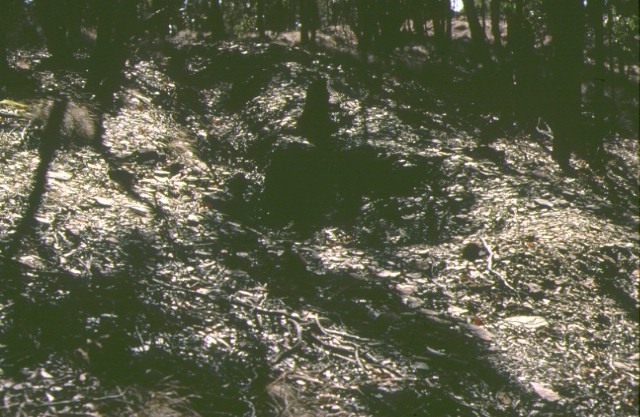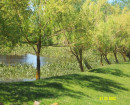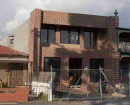THOMAS SMITHS GOOD BED FOSSIL QUARRY
414 BOUNDARY GULLY ROAD WERONA, MOUNT ALEXANDER SHIRE
-
Add to tour
You must log in to do that.
-
Share
-
Shortlist place
You must log in to do that.
- Download report


Statement of Significance
Thomas Smith, a local Sandon farmer, gained distinction as a geologist through the discovery and collection of graptolite fossils from the Sandon-Campbelltown district. Thomas Smith carried out his geological work from c.1898 to his death in 1944, gaining both Australian and international recognition because of the importance of his graptolite fossil discoveries. Thomas Smiths graptolite fossil collection is housed in the Geology Department, Museum of Victoria. The centrepiece of the collection is the extraordinarily well preserved fossils, including specimens of 16 previously unknown species, excavated from a small quarry in LP143735 (known as the 'good bed').
Thomas Smith's 'good bed' fossil quarry is of historical and scientific importance to the State of Victoria.
Thomas Smith's 'good bed' fossil quarry is historically important because of its association with Thomas Smith and his significant contribution to the knowledge of the State's unique geology.
Thomas Smith's 'good bed' fossil quarry is scientifically important in the context of the site's contribution to the advancement of geological understanding in the State and due to the rarity in Victoria of shelly fossils, such as graptolite, which are used worldwide for the dating and correlation of rocks laid down during the Ordovician, Silurian and Early Devonian Periods (390-500 million years ago).
-
-
THOMAS SMITHS GOOD BED FOSSIL QUARRY - Permit Exemptions
General Exemptions:General exemptions apply to all places and objects included in the Victorian Heritage Register (VHR). General exemptions have been designed to allow everyday activities, maintenance and changes to your property, which don’t harm its cultural heritage significance, to proceed without the need to obtain approvals under the Heritage Act 2017.Places of worship: In some circumstances, you can alter a place of worship to accommodate religious practices without a permit, but you must notify the Executive Director of Heritage Victoria before you start the works or activities at least 20 business days before the works or activities are to commence.Subdivision/consolidation: Permit exemptions exist for some subdivisions and consolidations. If the subdivision or consolidation is in accordance with a planning permit granted under Part 4 of the Planning and Environment Act 1987 and the application for the planning permit was referred to the Executive Director of Heritage Victoria as a determining referral authority, a permit is not required.Specific exemptions may also apply to your registered place or object. If applicable, these are listed below. Specific exemptions are tailored to the conservation and management needs of an individual registered place or object and set out works and activities that are exempt from the requirements of a permit. Specific exemptions prevail if they conflict with general exemptions. Find out more about heritage permit exemptions here.Specific Exemptions:EXEMPTIONS FROM PERMITS:
(Classes of works or activities which may be undertaken without a permit under
Part 4 of the Heritage Act 1995)
1. Fencing of the registered land. Grazing of cattle and sheep is permit
exempt until the land is fenced off.
2. Retaining access to the rest of the land, including use of the track.
3. Normal landcare maintenance - weed, pest and soil erosion controls, and
removal of fallen trees where necessary.
-
-
-
-
-
THOMAS SMITHS GOOD BED FOSSIL QUARRY
 Victorian Heritage Register H1413
Victorian Heritage Register H1413 -
THOMAS SMITH'S GOOD BED FOSSIL QUARRY
 Victorian Heritage Inventory
Victorian Heritage Inventory -
AMERICAN GULLY GOLDWORKINGS
 Victorian Heritage Inventory
Victorian Heritage Inventory
-
13 Flinders Street, Queenscliff
 Queenscliffe Borough
Queenscliffe Borough -
162 Nicholson Street
 Yarra City
Yarra City -
164 Nicholson Street
 Yarra City
Yarra City
-
-










